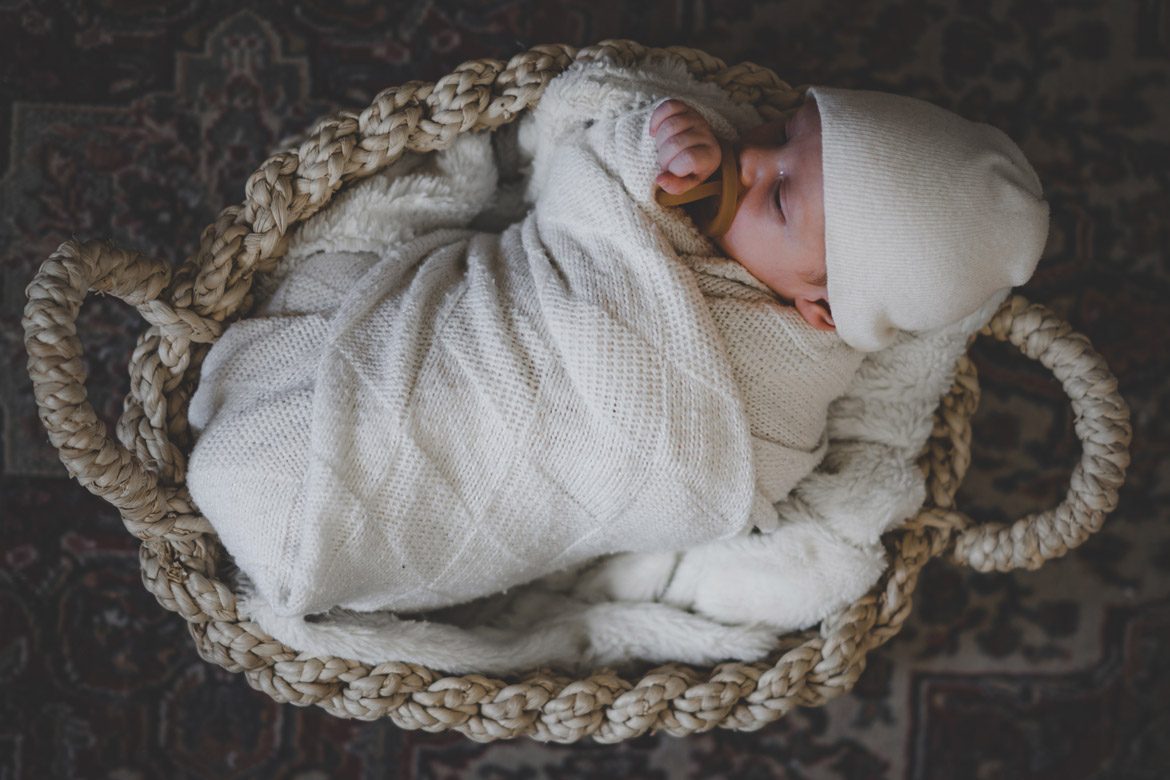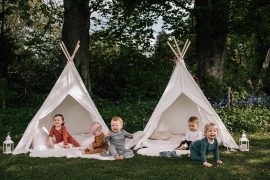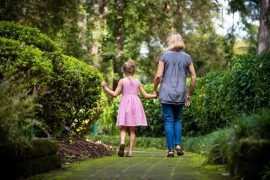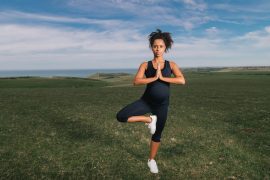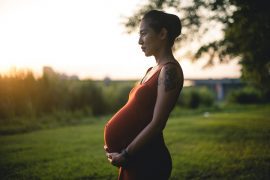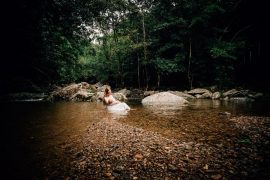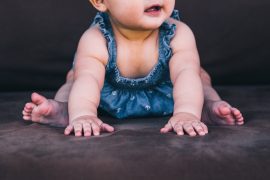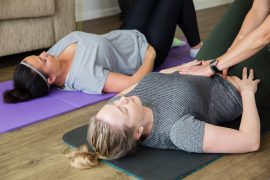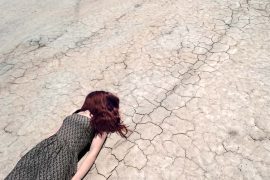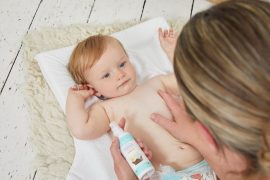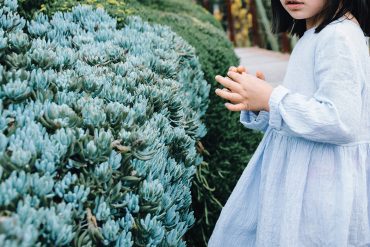By Thinkwise. Part 1 of 3 – keep your eye out for the next two articles over the coming weeks…
So what is chemical load?
In simple terms, chemical load is the number and amount of toxins we carry in our bodies. Another term that is widely used is “body burden”, they both refer to toxins in the body.
Do babies have a chemical load?
Yes, unfortunately babies do have chemical load. The placenta, whilst it does filter and nourish the baby, does not block out everything. There has been validated research that has tested umbilical cord blood and determined the types and amounts of toxic chemicals that babies are being exposed to. 1 2 3
Once a baby is born, you can then add to this all the chemicals that contact their skin, are inhaled, or ingested or that the mother comes in contact with, or the father (or any other carer for that matter). In fact, a newborn baby is more susceptible, as their body systems, including their skin, are not fully developed. Therefore their body is not as able to filter and protect itself against chemicals.
Where do the chemicals come from?
Toxic chemicals can be anywhere in your environment and the consumer products you and your baby are exposed to. I.e, your water supply, air, food, cleaning products, skincare products, toys, furniture/furnishings, car, new items (clothing, carpet, couch, mattress), house and garden.
What are some of these toxic chemicals?
The top offenders include heavy metals like mercury, arsenic and lead, flame retardant compounds called PBDEs, phthalates, formaldehyde, PCBs, and bisphenol A.
These toxic chemicals can be found in pesticides, detergents, fragrance, personal-care products, emulsifiers, preservatives, colouring, flavouring, adhesives, paints, plastics.
Why is it important?
These chemicals are harmful to our bodies and impact brain and nerve function, hormone balance, reproduction, immune responses and cellular function. Many chemicals in our everyday environment are known carcinogens, however, NZ legislation does not protect us from many of these chemicals.
The rapid growth rate in babies compared to adults means that the impact of chemical load in a baby is significantly greater.
Our challenge is that the effects of the chemical exposure are often not seen immediately, or it is a combination of chemicals, not one in isolation. An accumulation of chemicals over time can also cause problems.
What can you do?
Awareness is the starting point. Don’t assume that because it’s on the shelf that it’s safe. If someone is telling you it’s safe, validate that for yourself.
Ask questions before buying and if the seller can’t give you sufficient evidence, let your wallet do the talking.
Follow these 10 tips to help detox your family’s environment today:
- Purify your water
- Eat quality food
- Breathe clean air
- Minimise skincare and use safest options
- Always wash new clothes & choose natural fibres
- Use natural and safe cleaning products
- Take your shoes off at the door
- Outdoors – use organic sprays and natural alternatives
- Gas off
- Say no thanks to plastics that leach and non-stick items
See next page for the rest of Part 1…

